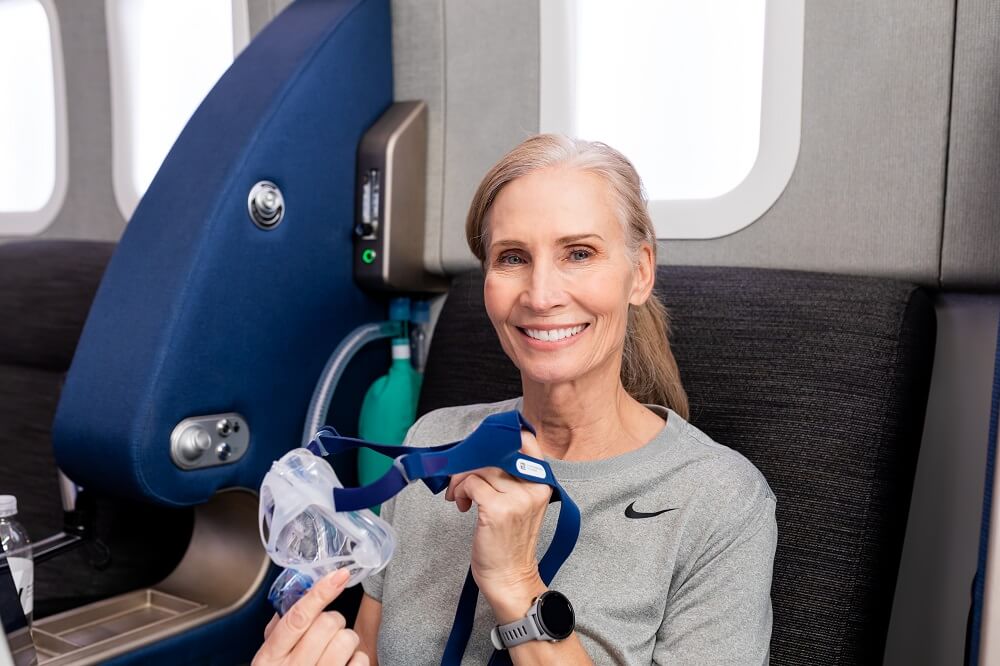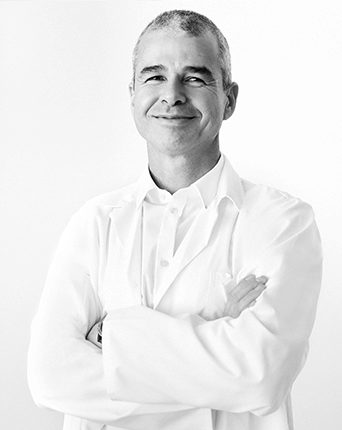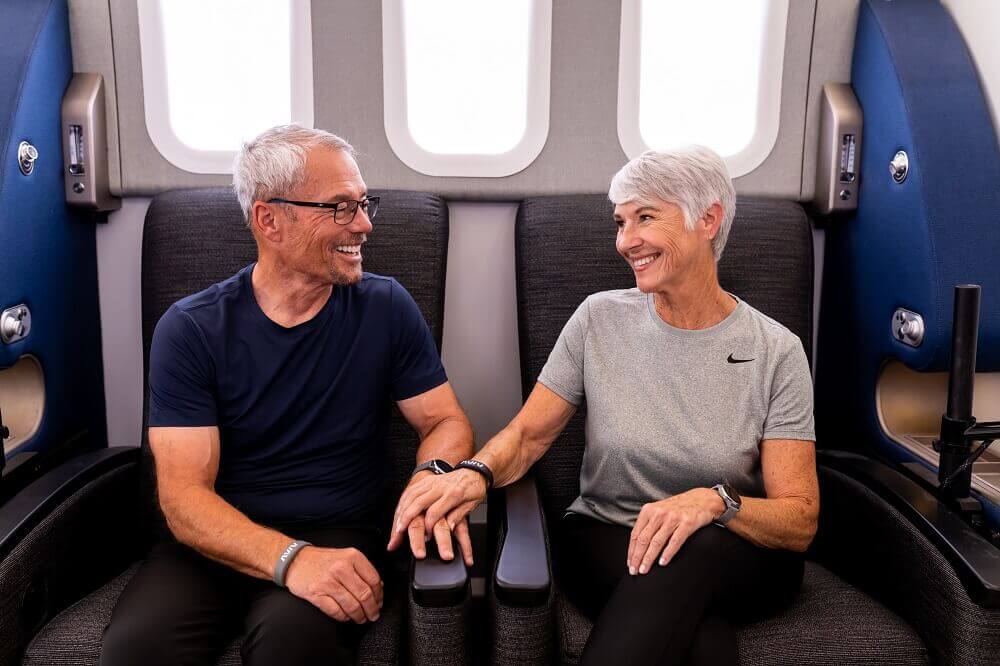
Dispelling Myths: The Truth About Hyperbaric Oxygen Therapy


For many, the words “hyperbaric oxygen therapy” evoke images of tabloid headlines or sci-fi blockbusters. When it comes to this futuristic medical treatment, it can be difficult to separate rumors from reality. Many hyperbaric oxygen therapy myths exist today. Yet despite some people’s perceptions of hyperbaric oxygen therapy, or HBOT, as “fringe” medicine, the medical community has recognized the scientific value of HBOT since the 1970s.
As a certified hyperbaric physician at Aviv Clinics in The Villages, I witness the transformative benefits of hyperbaric oxygen therapy every day. In October 2023, our team at Aviv Clinics administered our 30,000th hyperbaric oxygen treatment since opening in 2020. That makes Aviv one of the busiest facilities offering HBOT in the entire United States.
Despite its growing popularity, misconceptions about hyperbaric oxygen therapy persist. I’d like to address some of these common HBOT myths.

Myth #1: HBOT is a fad for eccentric celebrities
When the National Enquirer published their infamous photo of Michael Jackson in a hyperbaric chamber 36 years ago, HBOT gained a reputation as a health fad, rather than a legitimate medical treatment. More recently, endorsements by athletes like Aaron Rodgers and Lebron James have reignited interest in the benefits of hyperbaric oxygen, especially among those looking to improve athletic performance.
There are many other celebrities who have been treated with HBOT. These include musician Justin Bieber, who claims it assists with anxiety management. Actor Jeremy Renner turned to hyperbaric oxygen for recovery from a near-fatal traumatic accident. After suffering severe burns from a fire in his garage, comedian and former Tonight Show host Jay Leno received hyperbaric oxygen for wound healing.
You don’t need to be the King of Pop, an action hero, or a future hall-of-famer to access hyperbaric oxygen. In actuality, HBOT is performed at about 2,000 hospitals in the United States, as well as hundreds of medical centers. At Aviv Clincs, our clients are mainly everyday people, not A-list celebrities, looking to treat a variety of conditions and optimize their brain and body health.
Myth #2: HBOT only treats “the bends”
While treating decompression sickness, or “the bends,” is a common use, scuba divers and underwater laborers aren’t the only people who can benefit from HBOT. The U.S. Food and Drug Administration has approved hyperbaric oxygen therapy to treat more than a dozen medical conditions. These include severe burns, diabetic ulcers, carbon monoxide poisoning, skin grafts, and blast injuries—known as “on-label” treatments.
What do we mean by “on-label” and “off-label?”
When a medication or procedure is approved by the FDA, it means the product is safe to use and has been effective for treating a specific condition in clinical trials. When doctors prescribe that medication for a specific patient population with that condition, it is on-label use.
However, many doctors prescribe medications for conditions other than their approved usage. Examples of this include Ozempic (Semaglutide), which was approved for the treatment of Type 2 Diabetes in 2017. However, the drug is better known to the general public as an off-label weight management injection. Although some forms of Semaglutide have recently been FDA-approved for weight loss, Ozempic is not one of them.
An even more recognizable medication is aspirin. “Currently, aspirin is FDA approved for use in patients with pain, fever, rheumatic diseases, cardiovascular diseases… and a history of a revascularization procedure.” However, most of us also know aspirin as a preventive medication for coronary disease in high risk patients. Because the FDA has never approved aspirin as a coronary disease prophylaxis, this is an off-label use.
Off-label use is more common than you might think. One study of 160 common drugs found that physicians prescribed off-label uses of those medications as much as 21% of the time.
Ongoing research will one day expand the growing list of on-label uses for hyperbaric oxygen therapy. Clinical trials, including those conducted by our researchers, provide evidence that HBOT can effectively treat many off-label conditions, including chronic stroke, PTSD, traumatic brain injuries, fibromyalgia, Lyme disease, and long COVID symptoms. Evidence even indicates that benefits of hyperbaric oxygen therapy can reverse some aging biomarkers.
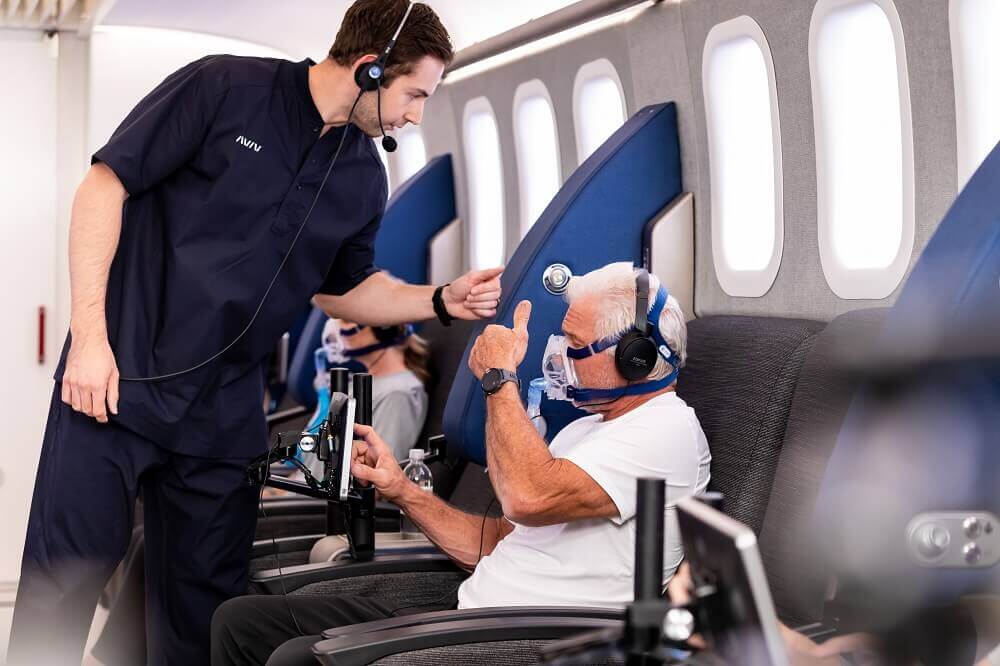
Myth #3: HBOT is unsafe
Although HBOT is relatively new to mainstream medicine, it’s neither untested nor unsafe. When delivered in medical settings by trained hyperbaric physicians and specialists, HBOT is one of the safest interventions available. Complications are very rare, and side effects are typically mild for the few who experience them. Minor sinus and/or ear pain are the most common.
Other potential risks like fire or medical emergencies inside the hyperbaric chamber are exceptionally low when performed at a professional medical facility like Aviv Clinics. At Aviv, our HBOT suites meet or exceed all safety standards, and each hyperbaric session is performed with a medical professional inside the chamber.
However, some people should not undergo hyperbaric oxygen therapy because of pre-existing conditions. These include an untreated pneumothorax (collapsed lung), pregnancy, and some active cancers. People with seizure disorders or some medical devices, like certain pacemakers, also may not be able to undergo HBOT treatments.
Because our clients’ safety is of utmost importance, Aviv Clinics conducts a thorough pre-assessment of each client. Depending on a patient’s condition, this assessment can include medical, radiological, physical, and cognitive evaluations. In addition to screening clients for potential contraindications or safety concerns, the pre-assessment also helps patients understand how the Aviv Medical Program may be able to improve their condition.

Myth #4: All hyperbaric chambers are claustrophobic
The most common medical-grade hyperbaric chambers are single-person, or monoplace, chambers. These are cylinders typically made of a rigid material like plexiglass. Patients recline in these fully-enclosed body-length cylinders, which are then pressurized and filled with 100% oxygen. “Due to the confined and enclosed nature of the hyperbaric chamber, some patients can develop a feeling of claustrophobia, and those who are already claustrophobic can experience a worsening of their symptoms.” With treatments averaging two hours, it’s easy to understand how someone could suffer feelings of claustrophobia.
But not all hyperbaric chambers are alike. At Aviv Clinics, we use spacious multiplace chambers, or HBOT suites, which can treat several individuals simultaneously.
Our HBOT suites are far from the impersonal, cold, or unwelcoming environment you might be imagining. Aviv Clinics’ HBOT chambers were designed with both comfort and safety in mind. These first-class HBOT suites can accommodate 14 clients and a medical professional during treatment sessions, or “dives.” While in treatment, our clients can read, listen to music, or even socialize. Many form friendships with their dive-mates, lasting long after completing their sessions.
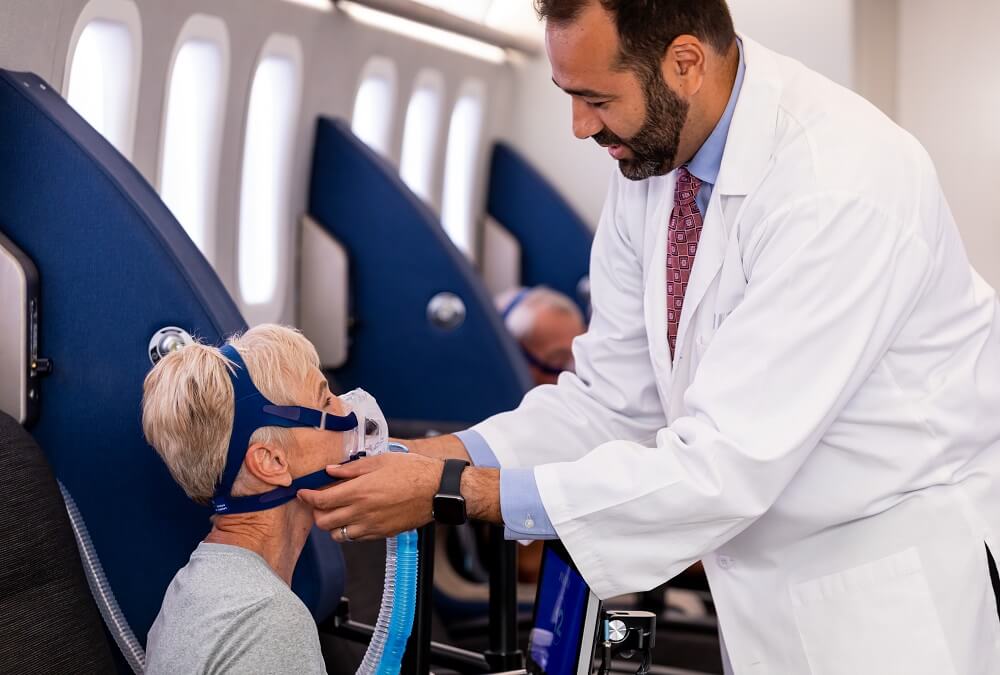
See Our HBOT Suites In Person
At Aviv Clinics, people often walk into our lobby with apprehension and even skepticism. However, once they learn the science behind hyperbaric oxygen and meet some of our clients, their attitude turns to curiosity and anticipation.
Several times a year, we offer open houses and tours of our state-of-the-art facility, located in the Center for Advanced Healthcare at Brownwood in The Villages, Florida. Open houses and clinic close-ups are among the many events you will find posted on our events page. We welcome you to visit us soon.
Learn More About the Benefits of Hyperbaric Oxygen Therapy
Aviv Medical Program provides you with a unique opportunity to invest in your health while you age
